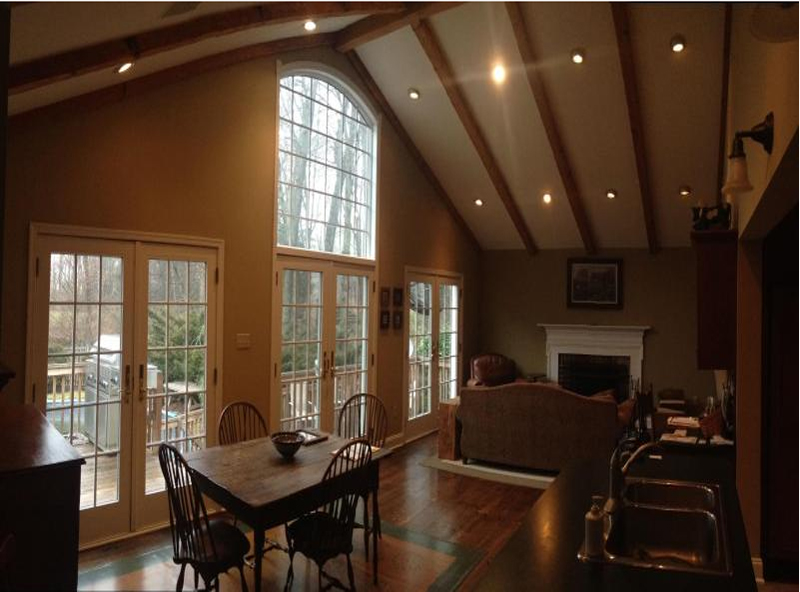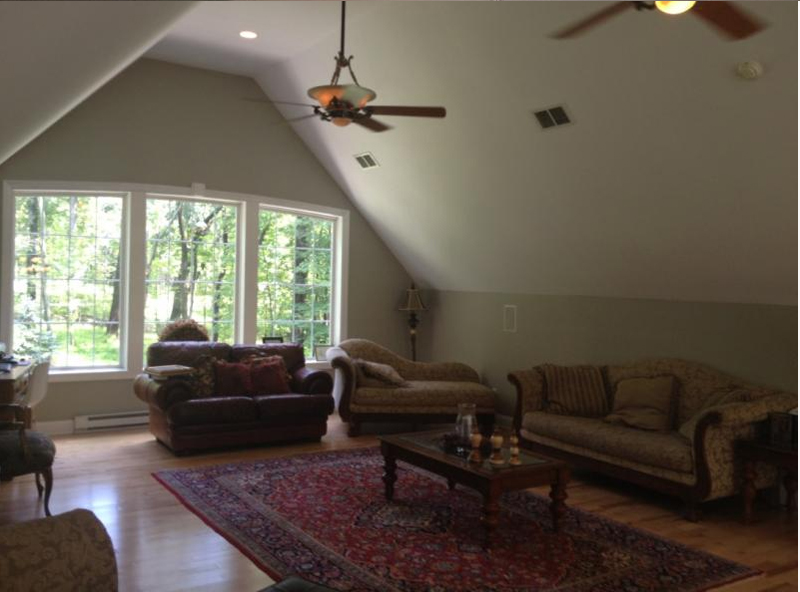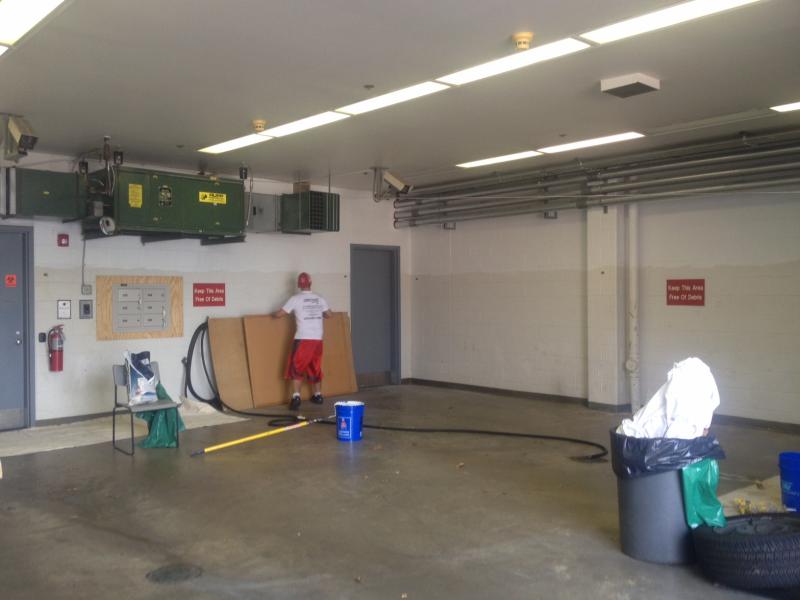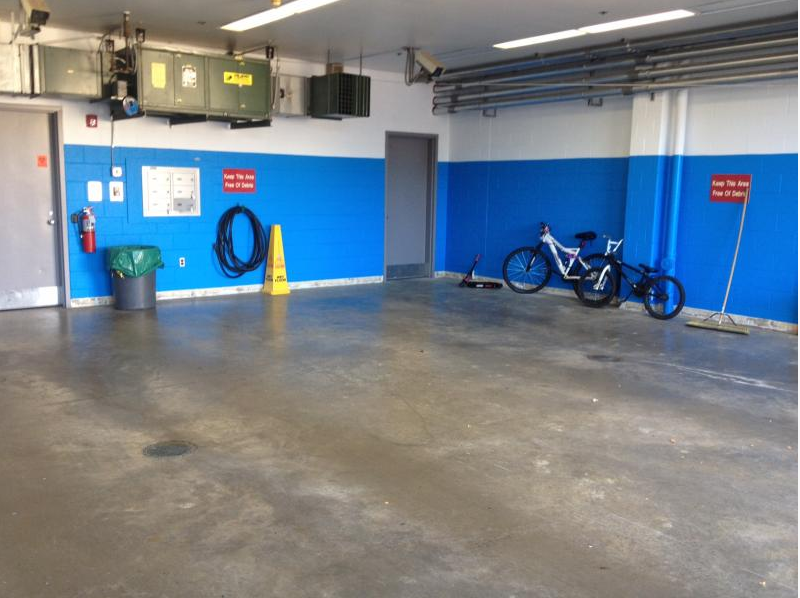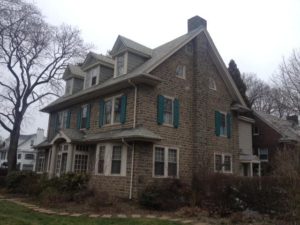
Painting the interior of your home can be one of the most rewarding upgrades. A fresh coat of paint not only rejuvenates a space but also reflects your personality and style. However, amidst the excitement of choosing the perfect shade or finish, one crucial aspect often gets overlooked: ventilation.
Proper ventilation is not just a “nice-to-have” during painting; it is absolutely essential. Not only does it protect your health by minimizing exposure to potentially harmful fumes, but it also ensures that the paint dries correctly and leaves behind a durable, professional-quality finish. In this article, we will dive into why ventilation matters and how you can optimize it during and after your painting project, drawing inspiration from professional standards upheld by experienced teams.
Health and Safety Should Never Be Compromised
Interior paint, especially oil-based or standard latex formulas, releases volatile organic compounds (VOCs) into the air. These chemical emissions may be invisible, but their effects can be very real. Exposure to VOCs can lead to symptoms like headaches, dizziness, nausea, and even respiratory distress. These effects can escalate quickly, particularly for those with asthma, allergies, or other sensitivities.
More than just discomfort, poor air quality during painting can present long-term health risks, especially in tightly sealed homes with little natural airflow. Even low-VOC paints are not completely free of emissions. That is why ventilation is not just about “airing things out.” It is a key safety strategy that ensures you and your loved ones are not breathing in concentrated fumes.
Protecting your household also includes thinking about children, seniors, and pets, those who are often the most vulnerable to poor indoor air quality. Ensuring strong airflow during and after a paint job reduces indoor air pollution and makes your living space safe sooner. Proper ventilation allows you to enjoy your newly refreshed space without the hidden cost of health issues.
Ventilation Ensures Faster, Cleaner Drying
The role of ventilation extends beyond safety; it’s a major factor in how well your paint dries. When airflow is limited, paint may take much longer to dry, resulting in surfaces that feel tacky, look uneven, or attract dust and debris before they are fully cured. Inconsistent drying can ultimately affect how the paint bonds to the surface, leading to premature peeling or a finish that feels rough and unfinished.
Humidity levels further complicate this. High humidity slows evaporation, and when there is no airflow to help move the moisture out, the paint suffers. You could end up with drips, sags, or a cloudy appearance, especially with darker or glossier colors. This is not just an aesthetic issue; it impacts the longevity and performance of your paint.
With proper ventilation, airflow helps maintain a consistent drying environment. This means the paint cures evenly across all surfaces, and your hard work pays off with a finish that looks smooth and holds up over time. Professionals use techniques like cross-ventilation and exhaust fans to keep air moving continuously, ensuring a finish that is as flawless as it is durable.
Moisture Control Prevents Mold and Mildew
In many homes, painting projects occur in moisture-prone areas, think bathrooms, kitchens, and basements. Without good ventilation, the best painters in the Main Line and beyond know that humidity from the air or trapped behind walls can cause paint to dry improperly and foster the growth of mold or mildew. Over time, this not only damages the paint job but also introduces health risks.
Mold and mildew thrive in still, damp conditions. Even the best-quality paint will not stand a chance if moisture seeps through or becomes trapped beneath it. The surface may start to bubble, crack, or show discoloration, especially in corners and poorly ventilated areas.
Good airflow helps keep surfaces dry and reduces condensation during and after painting. Ventilation also allows time for problem areas to be properly treated or dried out before paint is applied. Painters who pay close attention to surface preparation and environment control reduce the likelihood of mold issues, which can mean the difference between a paint job that lasts five years and one that lasts fifteen.
Smart Ventilation Techniques for Every Project
Creating airflow does not have to be complicated. Opening windows and doors to create cross-ventilation is one of the simplest and most effective methods. When outdoor conditions are favorable, even just cracking two windows on opposite sides of the room can dramatically improve air exchange.
For times when windows cannot be opened, such as during extreme cold or heat, fans become your best friend. Positioning a fan to blow air out of the room through an open door or window helps push fumes out, while a second fan brings in fresh air from elsewhere in the house. This setup ensures a steady exchange of air even in larger or multi-room projects.
Portable air purifiers with HEPA filters are another smart addition, especially in smaller spaces without access to natural ventilation. These machines will not eliminate VOCs entirely, but they can significantly reduce airborne particles and odors. The key is to keep air circulating in and out of the painting area for at least 24 to 48 hours post-project to make sure the space is truly breathable again.
Painting in Challenging Seasons: Cold or Humid Weather
Seasonal weather can dramatically affect both the painting process and the ventilation strategy. In winter, homeowners are understandably reluctant to open windows and doors, especially if they are running heating systems. But poor air exchange in tightly sealed homes can lead to significant fume buildup, posing serious health risks.
To counteract this, winter painting should involve mechanical ventilation, exhaust fans, HVAC circulation, and air purifiers, to maintain air quality without compromising temperature control. Using low-VOC or water-based paints can further reduce risk. Avoid space heaters or open flames, which are hazardous around flammable fumes.
In hot or humid weather, the challenge becomes moisture control. High humidity can slow drying times and promote mold growth. During such conditions, using dehumidifiers and keeping the air conditioning running can stabilize humidity and help maintain consistent drying. Professionals typically avoid painting on particularly humid days unless the space can be fully climate-controlled.
Choosing the Right Paint for Better Air Quality
An essential yet often underappreciated aspect of proper ventilation is the type of paint you choose. Low-VOC and zero-VOC paints are widely available today and significantly reduce the release of harmful fumes during and after application. These paints are an especially wise choice for nurseries, bedrooms, or homes where health sensitivities are a concern.
However, choosing the right paint is not as simple as just picking a label that says “low-VOC.” Not all formulas are equally effective or safe. Some still contain solvents and other compounds that can irritate sensitive individuals. Consulting with a professional painting service can help you identify the right balance between safety, durability, and aesthetics. Their team is familiar with the best brands and knows which products live up to their claims.
Investing in high-quality, breathable paint products not only improves indoor air quality but also complements your ventilation strategy. It ensures the air stays fresher for longer, making your newly painted space healthier for your family and guests alike.
Post-Painting Ventilation: What Happens After the Brushes Are Down
Many people assume the need for ventilation ends once the final coat dries to the touch. However, as painting contractors in Phoenixville will attest to, most paints continue to cure for several days, and during that period, they can still release residual fumes and odors. Closing off a freshly painted room too early traps these emissions inside, allowing them to linger and potentially irritate those who enter the space.
It is best to keep windows open and fans running for 48 to 72 hours after a paint job is completed. If the weather does not permit this, consider running your HVAC system or a high-efficiency air purifier to maintain air movement. Do not rush to move furniture back into place or seal off painted areas until the air feels completely fresh and odor-free.
Taking these precautions helps ensure the space is not only visually appealing but genuinely safe to use. It is the final step in a well-rounded ventilation plan, one that extends the life of your paint job and keeps your home environment healthy and comfortable.
How the Professionals Handle Ventilation
Professional painters such as First Place Painting understand that ventilation is an integral part of any successful interior painting project. Before beginning, they carefully evaluate the space and environment to create a ventilation plan tailored to the needs of the room and household. They often use fans, exhaust systems, and select paints that are low in emissions to minimize health risks.
These experts know that proper airflow during and after painting makes a huge difference in drying time, finish quality, and indoor air quality. They also take steps to prevent fumes from spreading to other parts of the home by sealing off adjacent rooms or advising homeowners on safe airing practices. This attention to detail ensures that your paint job is both beautiful and safe.
If you want peace of mind and a flawless finish, working with a trusted painting company like First Place Painting can make all the difference. They bring not only skill and experience but also a deep commitment to your home’s health and safety. Reach out to them today to make sure your next painting project is professional, stunning and well-ventilated.
